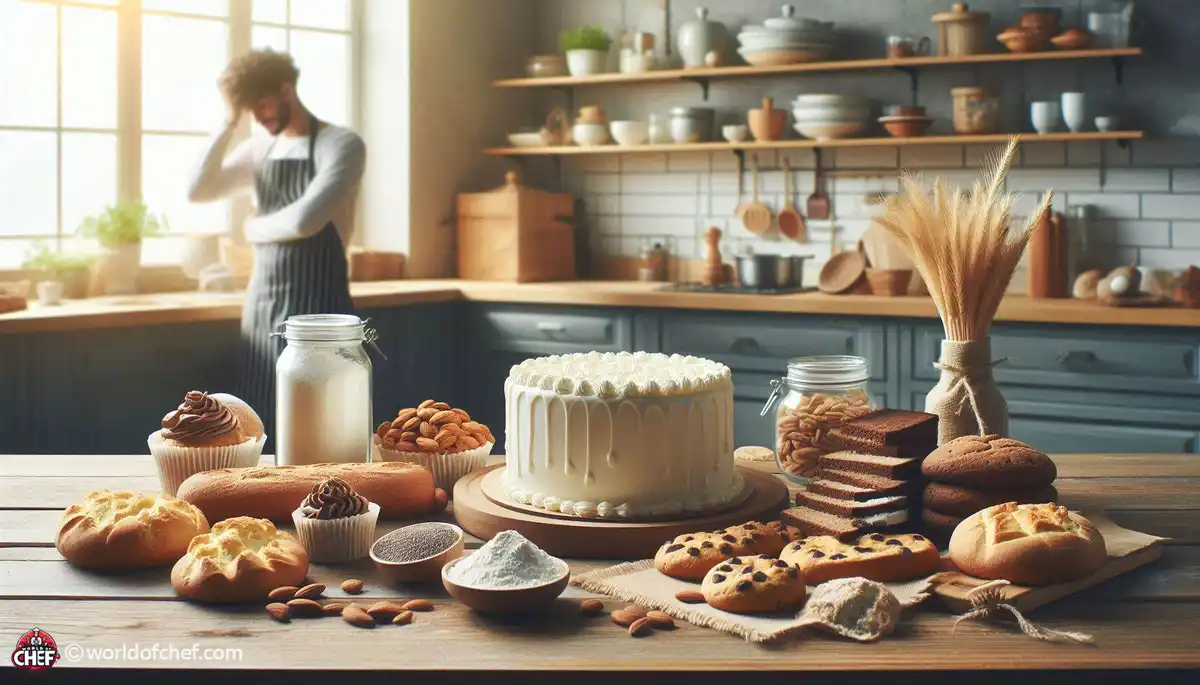
Baking without Gluten: Common Mistakes to Avoid
Alexis Larose - Mar 25, 2025 - 15 min read

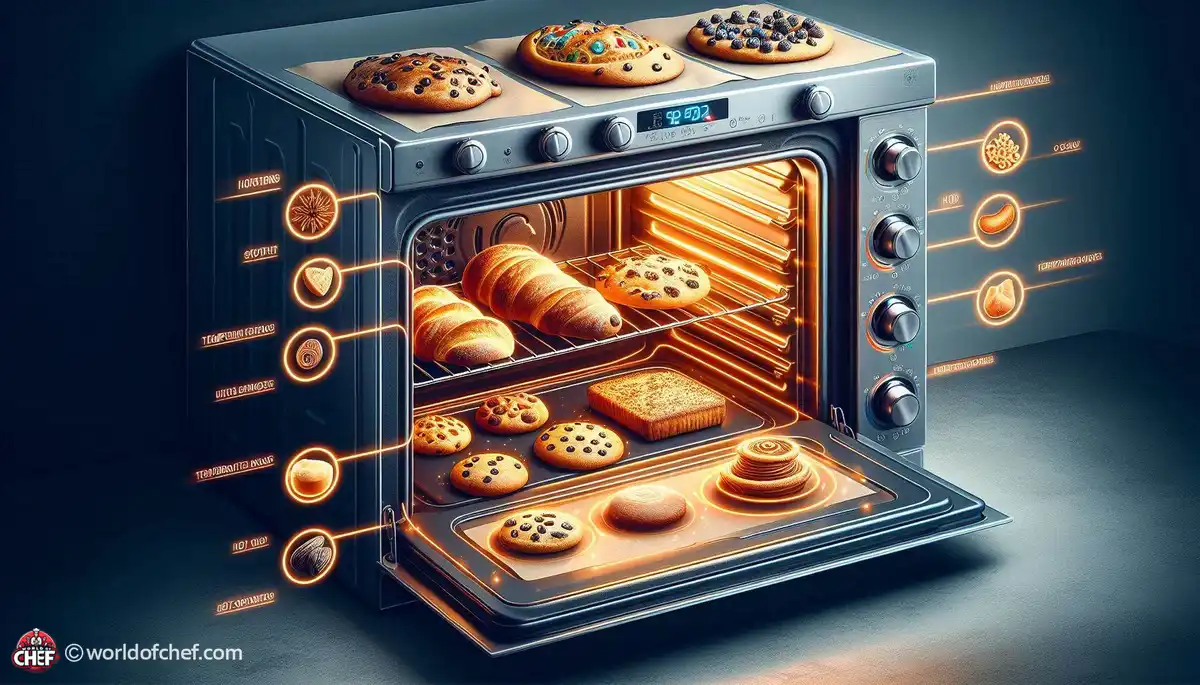
Baking is a combination of science and art. However, even the most seasoned bakers can find themselves helpless against one common nemesis: oven hot spots. In case you have ever pulled your cake out of the oven with uneven browning, or if you've gotten a batch of cookies with uneven cooking, you'd know what this is about. Understanding oven hot spots and learning how to overcome them can make a whole lot of difference in baking results. This tutorial will show you what hot spots are, how to identify them, and what steps to take in baking to eliminate those nasty uneven bakes every time.
The term oven hot spot generally refers to areas within the interior of your oven, which seem to cook at higher temperatures compared to the remaining sections of your oven. The basis behind this phenomenon results from how heat is transferred around the interior of your oven. Most ovens use gas or electric elements to heat; these elements do not necessarily radiate heat evenly throughout the oven. For instance, a flame on a gas oven might have one side of the food cooked hotter than the other. With electric ovens, heating elements do not, by necessity, maintain temperature the same across all areas; they get hot and create hot spots. In such cases, uneven temperatures may lead to areas in your baked goods cooking at much faster rates than the rest.
There are many reasons you might see hot spots in your oven. The design and configuration of heating elements will cause differences in heat. More significantly, older ovens will simply have more hot spots caused by wear and tear over time. And if you have an oven door which doesn't close tightly this can also create hot spots with temperature fluctuations. Even the way you set racks and what type of bakeware you are using will effect how the heat distributes when you are baking, impacting the way your food is turned out. Knowing what you're up against is the beginning of stopping these things in their tracks when it comes to your baking.
Hot spots can be real problems for baked goods. Your cake might be uneven, with one end of the cake more dometed than the other. Cookies can bake unevenly resulting in parts being overcooked whilst others remain undercooked. Also, pies and pastries are among those that suffer from poor baking. The problem here occurs because of uneven cooking when it results in undesirable textures and appearances. Detection of hot spots and regulation control help ensure that your products will turn out as intended, with a consistent texture and even browning of baked goods.
One of the easiest methods through which you can locate the hot spots in your oven is through doing a heat test. Set your oven at a relatively high temperature for this. Take a piece of white bread or some sugar and put it onto the oven rack. Allow this to bake for almost 15 to 20 minutes while keeping an eye on it. Once you have taken the test, look for which areas are browning more or less. This simple test will give you a visual map of where the hot spots of your oven lie. That is important information for adjustments to be made in your baking strategy.
Having an oven thermometer will let you know the temperature of what's actually in your oven more closely than the oven dial or reading. Place the thermometer throughout your oven while preheating and baking. Use comparison of the thermometer with what you have set your oven to in order to get a better idea where is hotter or cooler in order to make necessary changes according to the fluctuations that cause different temperatures.
Observe the baking patterns of your products to determine hot spots. Pay attention to how different items bake in different parts of your oven. For example, if you notice that the edges of your cookies are always overcooked while the centers remain underdone, then it might be a sign of a hot spot. You can also look at areas where your cakes or casseroles have browned unevenly. Keeping a baking journal for recorded observations may help you track changes in patterns that point out what you need to modify in your techniques.
One of the quickest methods to address hot spots would be to rotate the bakeware while it's being baked. For instance, if you are baking a cake, cookies, or a batch of muffins, you will turn the pan halfway during the time when you are baking. It will give a chance for your baked goods to bake as evenly as possible with all the hot spots. Make sure not to open the oven door frequently since constant opening can create temperature variation that may cause an unpleasant result.
If your oven supports more than one rack at the same time, place the bakeware on different racks and switch their positions when halfway through the baking time to distribute the heat more even between the upper and the lower parts of your oven. Be sure that sufficient space is left between your racks for air circulation when you are baking to yield better results.
Position can also determine your bakings. Generally, a position in the middle of the oven will see to it that your dishes are uniformly baked. If you know the location of your hot and cold spots, position your bakeware appropriately. If, for example, there is a hotspot on your right side, you position your dishes to the left, thereby avoiding being uneven.
The type of bakeware you use is important in determining how well your baked goods turn out. Dark or non-stick pans tend to soak up more heat, which makes hot spots worse. If your baking is uneven, think about using light-colored reflective bakeware. These will be less likely to soak up excess heat and promote an even baking environment. Use glass or ceramic bakeware as these materials will give a better result.
The size and shape of the bakeware you are using also has a factor to play. When the pans used for baking are either too small or too large, uniform heating of the products made is impossible. Therefore, make sure that the pans fit properly in your oven racks. That will be the guarantee for effective flow of air around it, thus, effective distribution of heat. When baking, several pans should be used. Use them in an arrangement where the space remains equal to prevent overcrowding in the oven. When the pans overcrowd each other in the oven, then unequal heating takes place.
Quality Bakeware: Good bakeware really makes all the difference in what comes out. Sturdily constructed pans and trays allow heat to spread much better, warping less. Of course it's pricier but often superior baking and few frustrations with hot spots reward the extra expenditure.
You have to ensure that your oven preheats well, because of even baking. Be certain that your oven reaches the exact temperature before putting the bakeware in there. That enables your baked good to be cooked at a certain time, which means preventing mishaps in it from having uneven results. In fact, preheating has a stable temperature that continues during the time the bakery is being done so; it minimizes hotspots.
Crowding your oven also leads to uneven baking because of the heightened effects of the hot spots. Anytime you are placing more than one item in the oven, ensure that you are leaving space between the item and the other one or between the items for correct air circulation. When they are overcrowded, you end up blocking the heating around some parts of your food, and different portions of them will end up cooking differently. To achieve the best result for persons who are baking several trays and pans, bake the items in batches.
If you have a convection oven, take advantage of its ability to distribute heat evenly. A fan circulates hot air around the food to eliminate the hot spots and allow for more even cooking. You may pay a little more for a convection oven, but the benefit is really in a better continuity of baking results, especially when problematic hot spots occur.
For any hot spots or improperly heated ovens, that is a strong indicator of irregularities in the brownness of your baked good. This usually occurs due to rotation, thus moving the position of your bakeware and your oven racks. In many cases, using light colored bakeware can prevent overheating that causes extreme browining. When you have over-cooked edges with undercooked centres, the problem could just be due to improper calibrations of your oven.
Hot spots cause overcooked edges and undercooked centers; the remedy is to always rotate your bakeware around while baking to achieve all-round heat. Alternatively, you can use an oven thermometer to check and correct this anomaly. If none of these works, you are forced to seek oven calibration or use different materials for baking.
Problems of the kind which lead to a flat or sunken cake could be many, but uneven heating can cause that. You avoid it by making sure you have preheated your oven and that the rack is correctly placed for you to put your cake in there. You're using the right recipe; you are not overmixing the batter, neither are you undermixing, you do it correctly. Management can easily handle hot spots in the oven.
The best way to adjust when you are working with hot spots is by altering your baking times. If you find that specific regions of your oven are baking faster, you may have to decrease the baking time of the items placed in these areas. Conversely, you may have to extend the baking time of items in cooler areas. Observe your baked goods closely and make use of a timer for you to be able to effectively manage such adjustments.
Many of the times, adjusting oven temperature would be helpful in trying to balance hot spots. Maybe you will have to set back the oven a notch down if your baked goodies seem to be baking very quickly on one side or corner. Then, it is going to be ensured that you have dispersed the heat quite well and that uniform consistent baking is achieved in it.
Some adaptation of recipes may help in better results when dealing with hot spots. For instance, you might have to change the ingredient ratios or cooking times depending on how you can interpret your oven's behaviors. The longer you use it, the more different techniques you experiment with and notice how your baked products are turning out, the better they will turn out eventually.
Knowing and how to handle hot spots from an oven is the key to effective baking. Knowing how to identify these problem areas and working around them can really help in ensuring the consistency and high quality of your final baked goods. Whether it's through heat tests, alterations in baking technique, or selecting the right bakeware, these practices ensure that you get those perfect baked goods with every project. Join the science behind your oven and let loose the art of baking with self-confidence.

Alexis Larose - Mar 25, 2025 - 15 min read
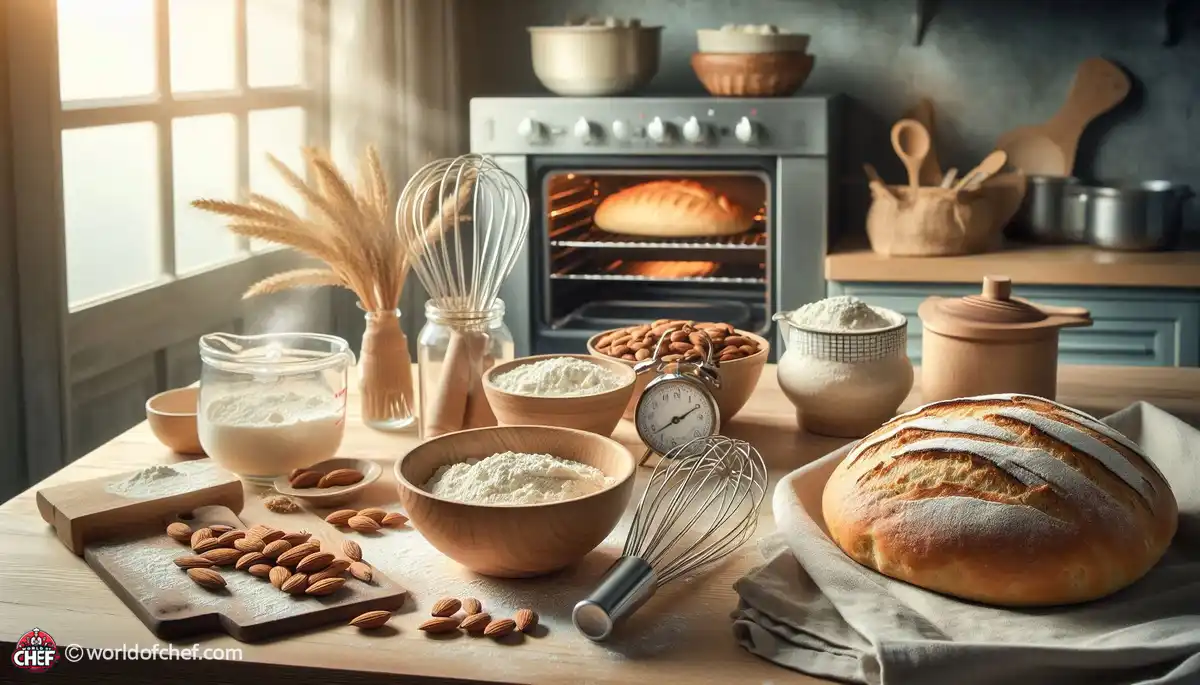
Hailey Morrill - Mar 21, 2025 - 18 min read
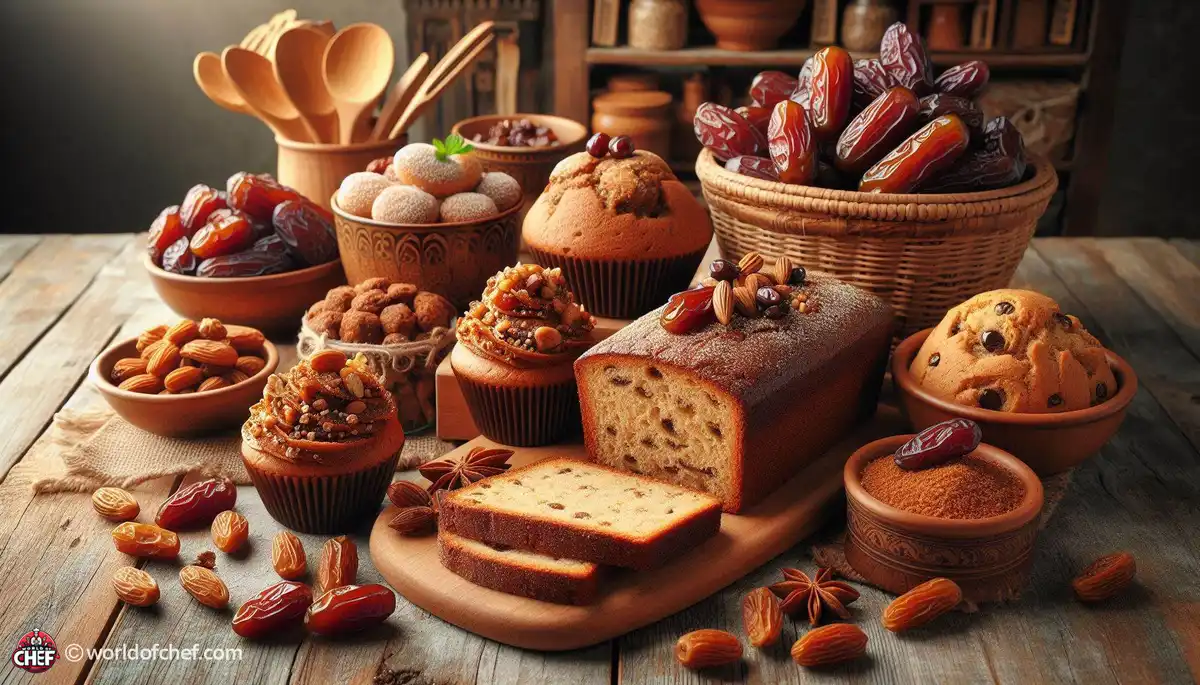
Bobby McKelvey - Mar 18, 2025 - 12 min read
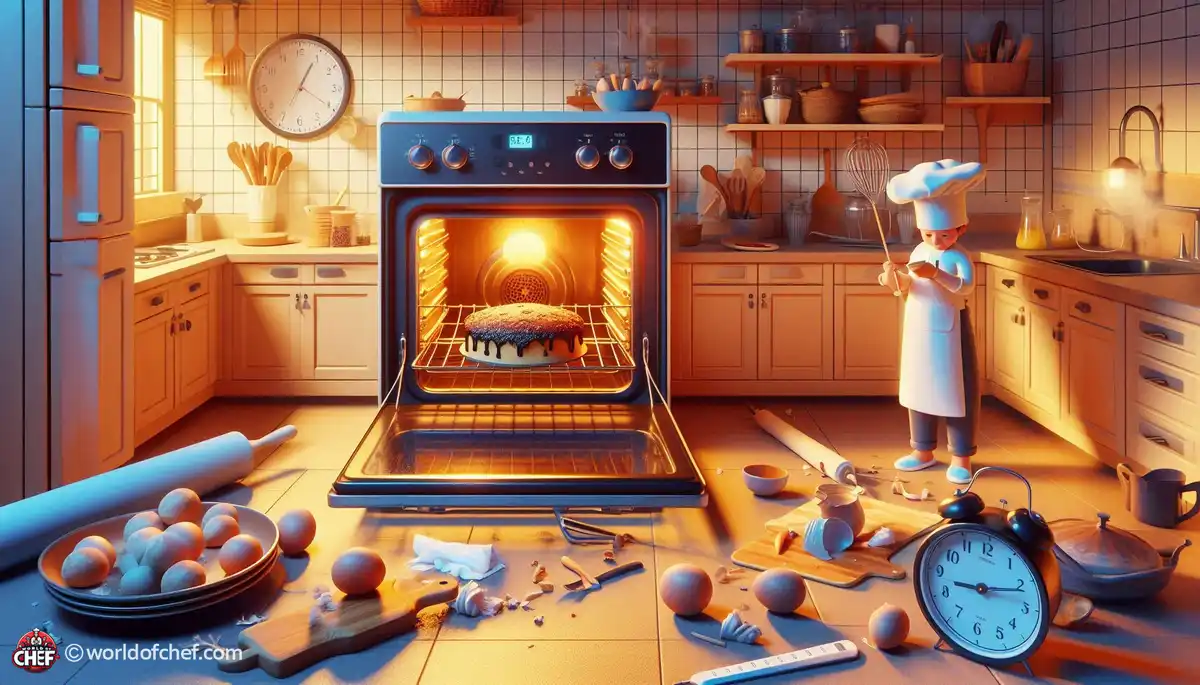
Mackenzie Silvers - Oct 26, 2024 - 16 min read